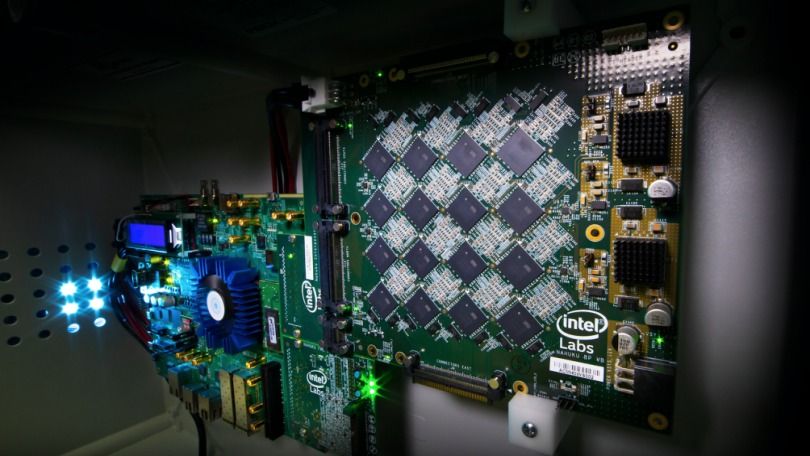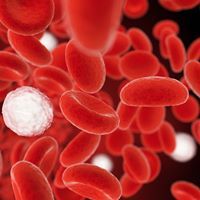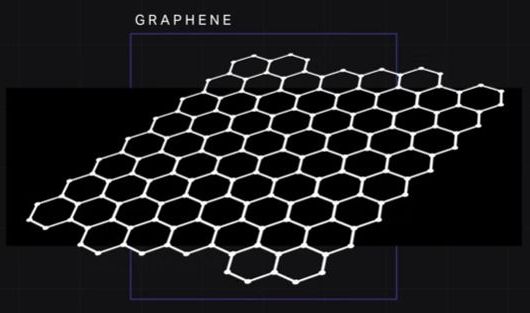The results are in from a human clinical trial using the CRISPR/Cas9 gene-editing system to treat cancer. The study involved editing the immune cells of three cancer patients to better fight tumors, and the results show that the treated cells persist in the body for long periods and didn’t trigger any dangerous side effects.
CRISPR allows scientists to make precise edits to the genes in living cells, removing harmful genes and introducing new beneficial ones. Animal tests of the technique have shown great promise in treating a range of diseases, such as cervical cancer, muscular dystrophy and HIV.
Human tests have begun in recent years, as scientists targeted lung cancer and rare blood diseases with promising results. But there have still been concerns that CRISPR may not be completely safe, as the possibility of unintended mutations looms. It was also questioned whether edited cells would stick around in the body long enough to be very effective.









